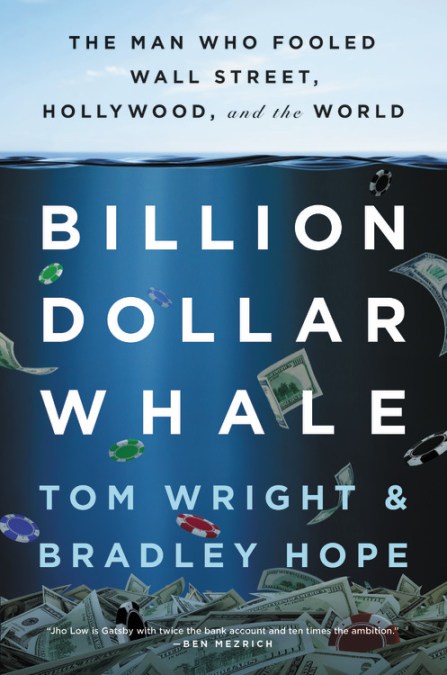Next-Generation Sequencing to Diagnose Suspected Genetic Disorders
Documento de consenso sobre la implementación de la secuenciación masiva de nueva generación en el diagnóstico genético de la predisposición hereditaria al cáncer
This week I've been reading three pieces on the same topic. First, a McKinsey insight on genetic testing, second a NEJM basic article that reviews the whole state of the issue, and third a consensus by three societies on how to implement next generation sequencing .
All of them are required reading for anyone interested in the topic. You'll notice that technology is knocking at the door and we do need to understand how to manage it. Otherwise it will enter anyway (without knocking) and then it will be more value extraction (by others) than value creation (for patients).
Unfortunately, what you'll not find in these articles is how to manage the introduction of the technology with organizational patterns, allocation and coordination of tasks and decisions. If you want some clues on this, read my previous post on Geisinger, they are applying what it seems to me the most appropriate perspective.
Sense Sal-Fins que surti el sol





